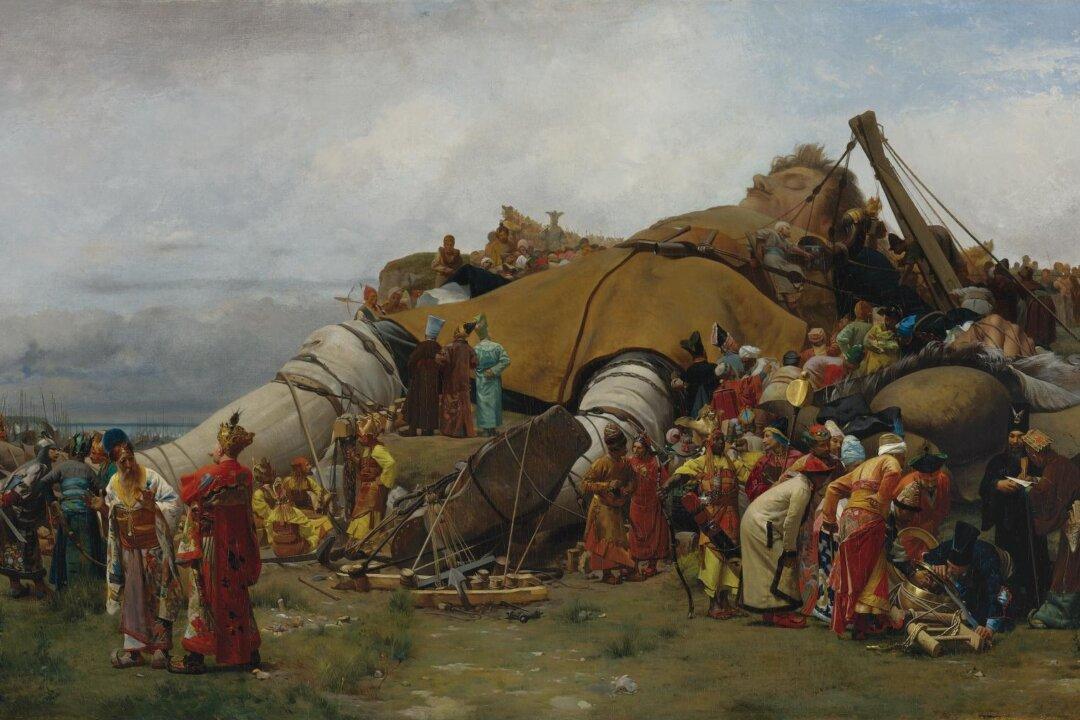Throughout our lives, we all come into contact with some who support us and push us to be our best selves, as well as others who are hostile and want us to fail. What are we to do in a hostile environment?
‘Gulliver’s Travels’
Gulliver, from “Gulliver’s Travels,” a book written by Jonathan Swift in 1726, finds himself dealing with all kinds of people with varying attitudes as he travels. The book is divided into four parts, but only the first part will have a purpose for our current discussion.The first part deals specifically with his voyage to Lilliput—a nation of six-inch-tall and, appropriately, small-minded people.





